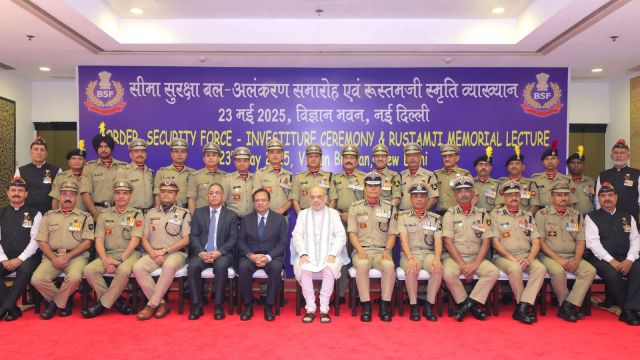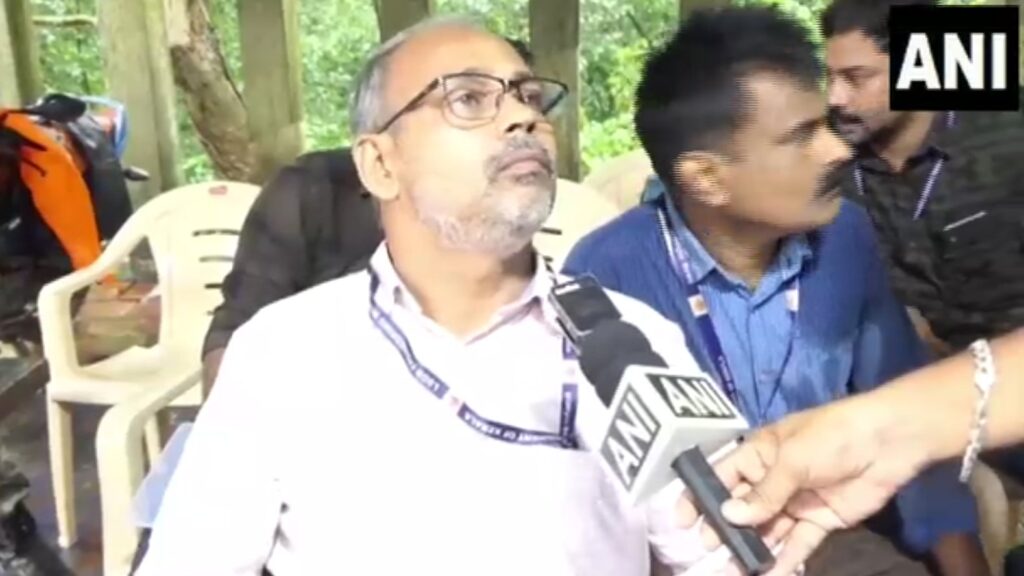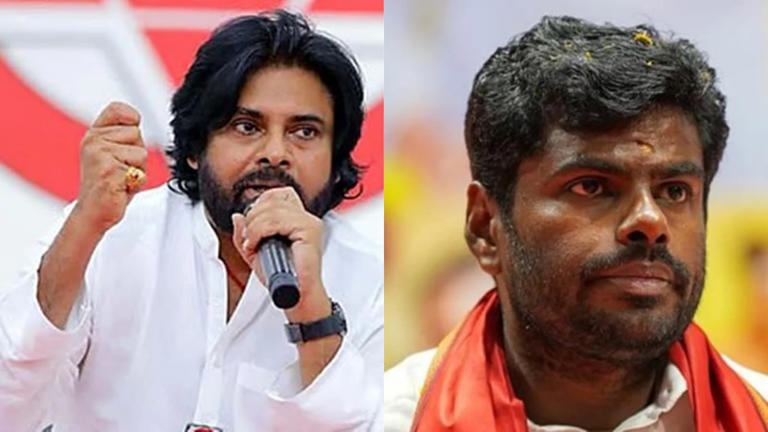Why Is Amit Shah Blaming the Pakistan Army Post Operation Sindoor?
In a powerful address at the BSF Investiture Ceremony and Rustamji
Memorial Lecture, Union Home Minister Amit Shah outlined how Operation Sindoor, India’s swift retaliation to the April 22 Pahalgam terror attack, unmasked the Pakistan Army’s deep complicity in cross-border terrorism. The operation, conducted on May 7, 2025, saw India strike nine terror launchpads, including two major terror headquarters in Pakistan and Pakistan-occupied Kashmir (PoK).
While India initially targeted only terrorist hideouts, not military or civilian installations, Pakistan’s retaliatory response revealed a stunning truth—its military viewed these terrorist assets as national interests. This reaction, combined with the presence of top Pakistani officers at terrorist funerals, formed the crux of Shah’s explosive statement: the Pakistan Army is not just harboring terrorists—it’s saluting them.
Union Home Minister exposes Pakistan Army’s direct links
Amit Shah’s core revelation was this: when India launched precision strikes on terror hubs, the Pakistan Army responded militarily, thus equating those terror camps with its own military infrastructure. According to Shah, this confirmed what Pakistan has long denied—that its military protects, funds, and partners with terror groups operating against India.
He stated, “After our forces hit the hideouts of terrorists, the Pakistan
Army took it as an attack on itself. Their retaliation proved the nexus.”
#Watch | On #OperationSindoor, Union Home Minister @AmitShah says: “In #Pahalgam, innocent people were killed after their religion was identified, by #Pakistan-sponsored terrorists. Operation Sindoor is our answer. Today, the world is praising the bravery of the Indian Armed… pic.twitter.com/hbBfTHl31O
— DD News (@DDNewslive) May 23, 2025
Shah didn’t stop there. He revealed that top Pakistani army officers were seen attending the funerals of the slain terrorists, offering namaz and carrying coffins—a public and undeniable gesture signaling the deep link between the Pakistan military establishment and jihadist outfits such as Lashkar-e-Taiba and Jaish-e-Mohammad.
For India, this became irrefutable evidence, especially after Operation Sindoor’s targets were based purely on intelligence inputs confirming the identities and locations of terror bases responsible for the Pahalgam massacre. Shah declared that the global community had now witnessed Pakistan’s true face—one that cannot separate its army from its terrorists.
How Did India’s Strategy Under Modi Differ, and What Is the Impact?
Amit Shah positioned Operation Sindoor as the latest chapter in the Modi government’s evolving counter-terrorism doctrine—a strategy rooted in decisive retaliation, surgical precision, and global messaging. He laid out the new doctrine’s lineage:
Uri attack → Surgical Strikes (2016)
Pulwama attack → Balakot Airstrikes (2019)
Pahalgam attack → Operation Sindoor (2025)
In this latest operation, the Indian Armed Forces struck only terrorist targets initially, in a display of restraint and pinpoint accuracy. But when Pakistan responded by shelling Indian civilian and military positions, India escalated by hitting a Pakistani airbase, exposing serious flaws in Pakistan’s air defense systems.
Shah credited this success to PM Narendra Modi’s strong political resolve, adding that
“No power in the world can shake us from this commitment.”
He further emphasized the vital role of the BSF, particularly honoring the martyrdom of Mohammad Imtiyaz Ahmad and Deepak Chingakham, who made the ultimate sacrifice defending India’s frontiers. According to Shah, the BSF ensures that Pakistan cannot “advance even an inch”, maintaining vigil against infiltration and terror export. This combination of military preparedness, political will, and operational restraint, Shah asserted, has become a global benchmark for counter-terrorism. Nations worldwide, he claimed, are studying India’s model for its speed, proportionality, and clarity of message: Terrorism will be met with force, not appeasement.





















